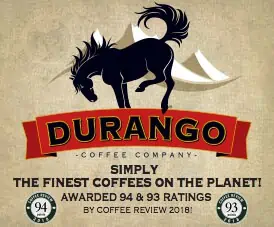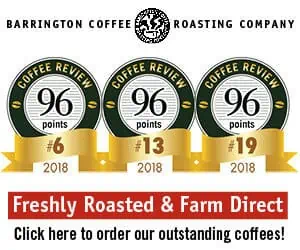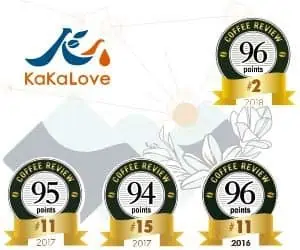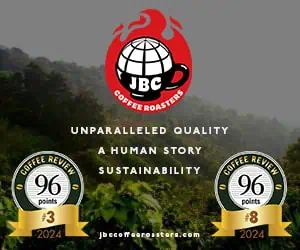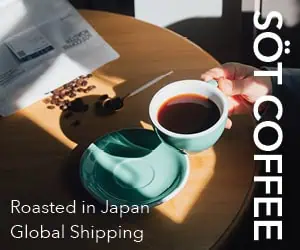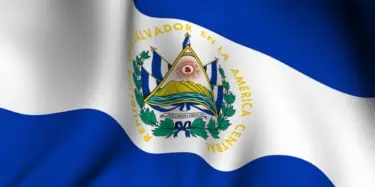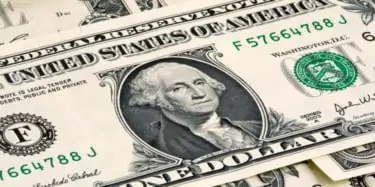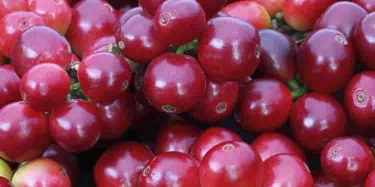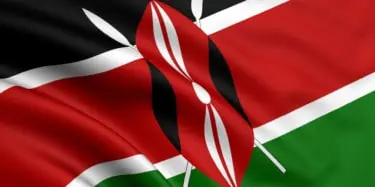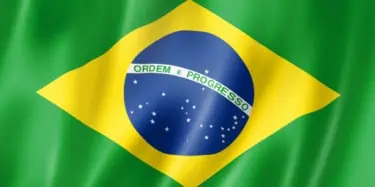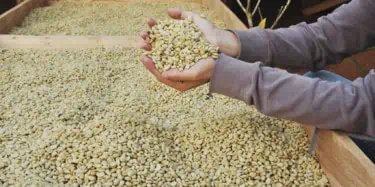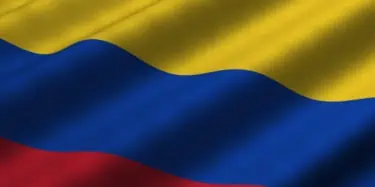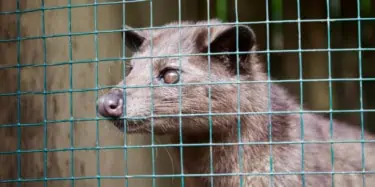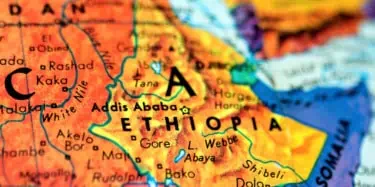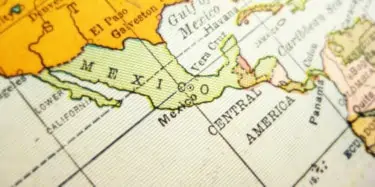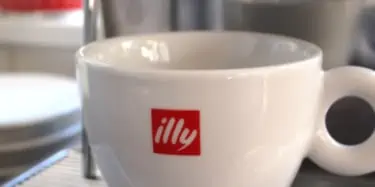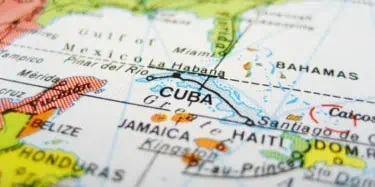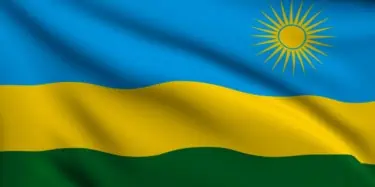Just to be clear, this is not a "10 best coffees of the year" article (or 50 best, or 150, or whatever number of bests an editor intends to dazzle us with). We've reported on many superb coffees over the past year, but by now most of them are a memory. We concentrated on coffees that can be bought now and enjoyed close to their peak in flavor and freshness. Our goal was to turn up coffees that
Tasting Reports – Most Recent
Coffee Review has published more than 250 monthly coffee tasting reports since February 1997. The most recent tasting reports appear below in reverse chronological order. You may narrow your search by category from the main navigation drop-downs or by using the key word search feature that appears in the page header. The content in tasting reports and associated reviews was correct at the time of publication but may not remain accurate over time.
Unassuming Beauty: Coffees of El Salvador and Honduras
Leaders of El Salvador's growing specialty coffee sector are quick to point out what they feel are the particular strengths of their origin. First, large plantings of coffee varieties particularly respected for their flavor and character, and second, generally impeccable preparation of those varieties. This month's cupping of nearly thirty El Salvador coffees from twenty-two American specialty
The Budget Aficionado: Top Value Single-Origin Coffees
When we made a decision last year to do an article aimed at finding great coffees at rock-bottom prices, we had no idea that the publication of this article would coincide with one of the most dismal times in recent American economic history. Our intention then was simply to find some bargain coffees to balance the more expensive selections that were beginning to dominate ratings at Coffee Review.
The Rainforest Alternative: Twelve plus One Rainforest-Certified Coffees
It has been well over ten years since the Sustainable Agriculture Network launched the Rainforest Alliance Certified program for coffee. Unlike the more widely publicized Fair-Trade certification, which is principally a socio-economically focused certification aimed mainly at helping democratically-run cooperatives of small-holding, peasant growers achieve better prices for their coffees,
Coffees of Kenya: Still Struggling, Still Great
I'm often asked for my opinion on the world's best coffee. Not a particularly informed question, but once it's clear that my questioner is asking for the name of a country rather than for the name of a farm or cooperative, I respond that the world's most reliably good coffee comes from Kenya. I hasten to offer additional caveats: great coffees come from all countries, Kenya is too acidy for
Readers’ Choice 2008: Hearty Coffee from the Heartlands
A Readers' Choice article at Coffee Review always provides an interesting pretext for speculation about specialty coffee drinkers' latest tastes and preferences. The following would hardly make it through an academic review process, but here are some observations based on our 2008 sampling of reader nominated coffees (this speculation has a margin of error of somewhere around 100%). 1) Current
Single-Origin Espressos 2008
Those new to espresso connoisseurship may be surprised to learn that producing this dense, aromatic beverage from coffee of a single origin rather than from a blend of coffees from different origins is a mildly controversial practice. Traditionalists argue that the espresso system extracts flavor-bearing components from coffee so efficiently that a single coffee from a single origin is not
“S” as in Sexy: New Specialty Offerings from Brazil
The fact that at least half of the American roasters submitting coffees for this month's cupping spelled Brazil with an "s" - the Portuguese-Brazilian spelling - may be symptomatic of what has happened of late to the reputation of high-end coffees from that country. The spelling implies that these are not your old-fashioned, low-grown, stolid Brazils of years past, but Brasils with an "s" -
Special Reserve is Dead. Long Live Special Reserve.
Two or three years ago, offering small, distinctive lots of coffee on a temporary, seasonal basis and calling them "special reserve" or "limited edition" appeared to be one of the most promising trends in specialty coffee. These offerings proposed to wean coffee drinkers from expecting the same kind of consistency in single-origin coffees as they might expect from brands of beer or soft drinks:
Decaffeinated Single-Origins: A Slow Tour with Limited Stops
How deep a flavor rut are coffee drinkers stuck in if they give up caffeine? Are they eternally condemned to token decaf blends at the end of the counter, or can they tour the world by cup, or try to save it by cup, like their caffeine-consuming colleagues? Based on this month's cupping of decaffeinated single-origin coffees, options are rather limited when you travel by decaf. A couple of
Juan Valdez’s Progeny: Micro-Lot and Other Fine Colombias
This month's cupping of coffees from Colombia confirms that this giant among coffee producers has successfully turned at least a portion of its industry from supplier of immense quantities of good-but-not-great generic "100% Colombian" coffee to prized source of smaller (sometimes tiny) lots of subtly distinctive specialty coffees. Handsome symbol Juan Valdez and his photogenic mule are being
Big Bags from the Big Boxes: Value All-Arabicas from the Discount Chains
Those who read Coffee Review regularly may have noticed the appearance of some rather pricy coffees recently, albeit many of them very highly rated and well worth the money for those willing to pop. This month's article heads in an entirely different direction. On behalf of those consumers who nose their carts down the cluttered but austere aisles of national discount chains in pursuit of maximum
Exotic Procedures in Far Places: Aged, Monsooned and Luwaked Coffees
This month we review two of the world's more exotic coffee types - monsooned coffees from India and aged coffees from Sumatra - together with the novelty kopi luwak, a coffee famously processed via the digestive tract of a coffee-fruit-eating mammal, and, perhaps understandably given the procedures involved, currently the world's most expensive coffee. Monsooned and aged coffees are both
Berries, Wine and Chocolate (Some of the Time): Dry-Processed Coffees of Ethiopia and Yemen
Dry-processed or "natural" coffees from Yemen and Ethiopia (those coffees dried inside the fruit rather than after the fruit has been removed) are the world's original coffees - and also, in their most recent incarnation, one of the newest trends in coffee. Unfortunately, most of the exotically distinctive coffees I reviewed this month with co-cupper Miguel Meza represent the new trend rather than
2007 Prize-Winning Coffees from Central America and Colombia
This month we review ten prize winners from green coffee competitions held this year in Central American countries and in Colombia. These competitions, "during which a jury of international cuppers spends several well-caffeinated days slurping, spitting and obsessing over a gradually narrowing group of fine coffees from a given growing country," to quote my own earlier article on the subject (hey,
Fair-Trade Coffees: The Controversy and the Cup
There are likely to be two categories of reader for this article: Those who know something about Fair Trade coffees (and who probably hold strong opinions on the subject) and those who don't. For those who don't, Fair Trade certification is an assurance from an internationally recognized third-party certifier (in the United States the certifier is TransFair USA) that the green coffees contained
Italy Seen from America: Nine (Genuine) Italian and Three American Espressos
Italians must both wonder and cringe when they observe the amazing globe-trotting journey of espresso, a beverage system so quintessentially (and once so exclusively) Italian. Setting aside the implied stereotype that associates Italian-Americans with gangsters, the scene in an early episode of The Sopranos in which Silvio encounters a Starbucks-style espresso bar for the first time and wants to
Caribbean Coffees 2007: Jamaica, Puerto Rico, Haiti, Dominican Republic
This year's review of coffees from the islands of the Caribbean is notable as much for what isn't here as for what is. Samples of Caribbean coffees were hard to come by this year, even from Jamaica's famous Blue Mountains. And only the tiniest smattering of offerings turned up from Haiti, the Dominican Republic and Puerto Rico. This despite all of these islands' long and distinguished coffee
Alternative Africas: Rwanda, Tanzania, Zimbabwe
Most specialty Africa coffees sold in North America are from Ethiopia and Kenya, the two most distinctive coffee origins in the region and arguably in the world. However, coffee is grown in substantial quantities all along the string of mountains and plateaus extending south from Ethiopia and Kenya. Uganda, Rwanda, Tanzania, Rwanda, Malawi, Zambia and Zimbabwe all produce interesting, at times
Low-Acid Options for Coffee Drinkers
The title alone of this article raises a sizable number of questions. For example: What is acidity in coffee? The tart yet sweet sensation that animates the sensory character of the finest coffees and keeps them from falling into woody neutrality? An edgy sourness that messes up our tummies? Prime contributor to coffee's newfound status as the leading contributor to cancer-fighting antioxidant

